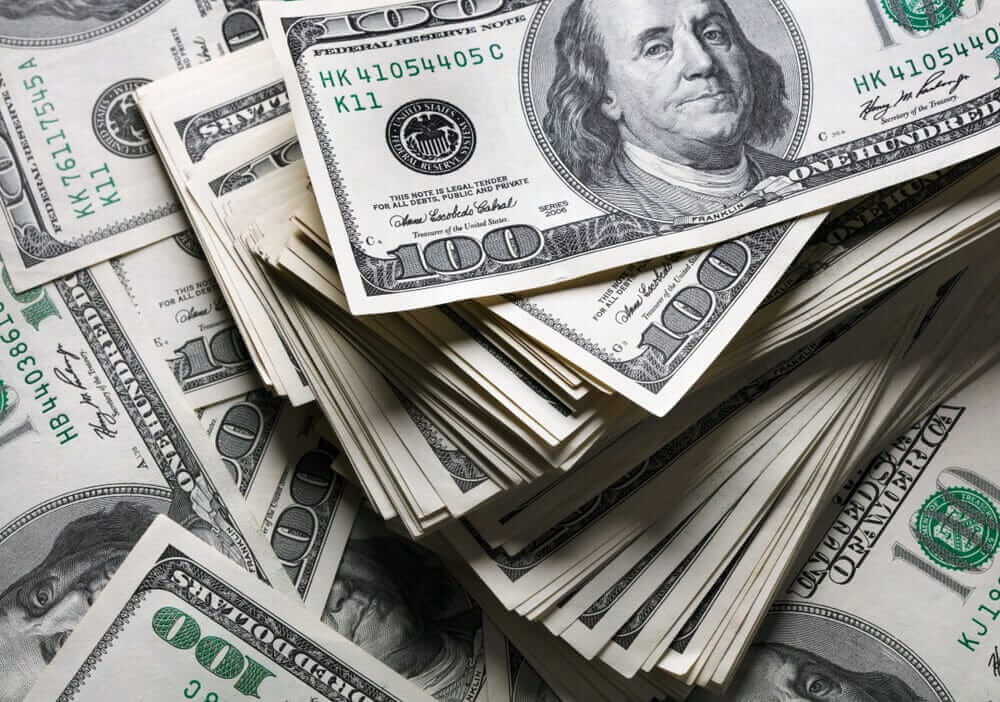
Dollar eyes its biggest monthly rise since November 2016
The U.S. dollar increased to a 2-1/2-month high on Wednesday, registering its biggest monthly boost since November 2016. The rise was prompted by a surprisingly hawkish shift in the U.S. Fed’s rate outlook along with concern over the spread of the Delta COVID-19 strain.
The U.S. dollar has increased by around 3% this month against a basket of currencies, following the Fed’s stance at a meeting earlier this month.
Remarkably, traders are waiting for U.S. nonfarm payrolls report on Friday for confirmation of a shift in monetary policy.
The dollar also extended gains after data revealed U.S. private payrolls increased more than anticipated in June by 692,000 jobs.
Action Economics announced that the greenback has been mainly supported by the better-than-anticipated U.S. private payrolls data.
The research company also reported that short-term U.S. Treasury 2-year yields increased by approximately 11 basis points in June. Remarkably, that’s the largest rise since September 2019.
According to the IMF data, the peak allocation for the U.S. dollar was 72.7% in the first quarter of 2001. Shaun Osborne, a chief FX strategist at Scotiabank in Toronto, added that as currency diversification has developed at a gradual pace, the trend has been persistent.
Reserves held in the U.S. dollar declined to $6.991 trillion in the first quarter
Additionally, reserves held in the U.S. dollar declined to $6.991 trillion in the first quarter, compared with $6.996 trillion in the fourth. Reserves held in euros dropped by 4.4% on a quarterly basis to $2.415 trillion.
Meanwhile, the euro declined by 0.4% against the dollar and traded at $1.1849. Earlier, the currency fell to a 4-1/2-month low of $1.1845.
The euro’s shares dropped to 20.6% in the first three months of the year, compares with a 21.3% share in the last quarter of 2020. The euro’s share in the fourth quarter was the highest since 2014. It hit its highest share of FX reserves at 28% in 2009.
The Chinese yuan’s share boosted to 2.4% in the first quarter, from a share of 2.2% in the previous three months. The Asian giant’s shares surged for the five consecutive quarters, which yuan reserves boosting 7% to $287 billion.
The U.S. dollar reached a 15-month peak against the yen. It rose as high as 111.165 yen for the first time since March 2020.
The risk-sensitive currencies, the Australian and New Zealand dollars, nursed losses against the dollar. The Australian dollar declined by 0.2% and traded at US$0.7496, while the New Zealand dollar dipped 0.1% at $0.6983.


